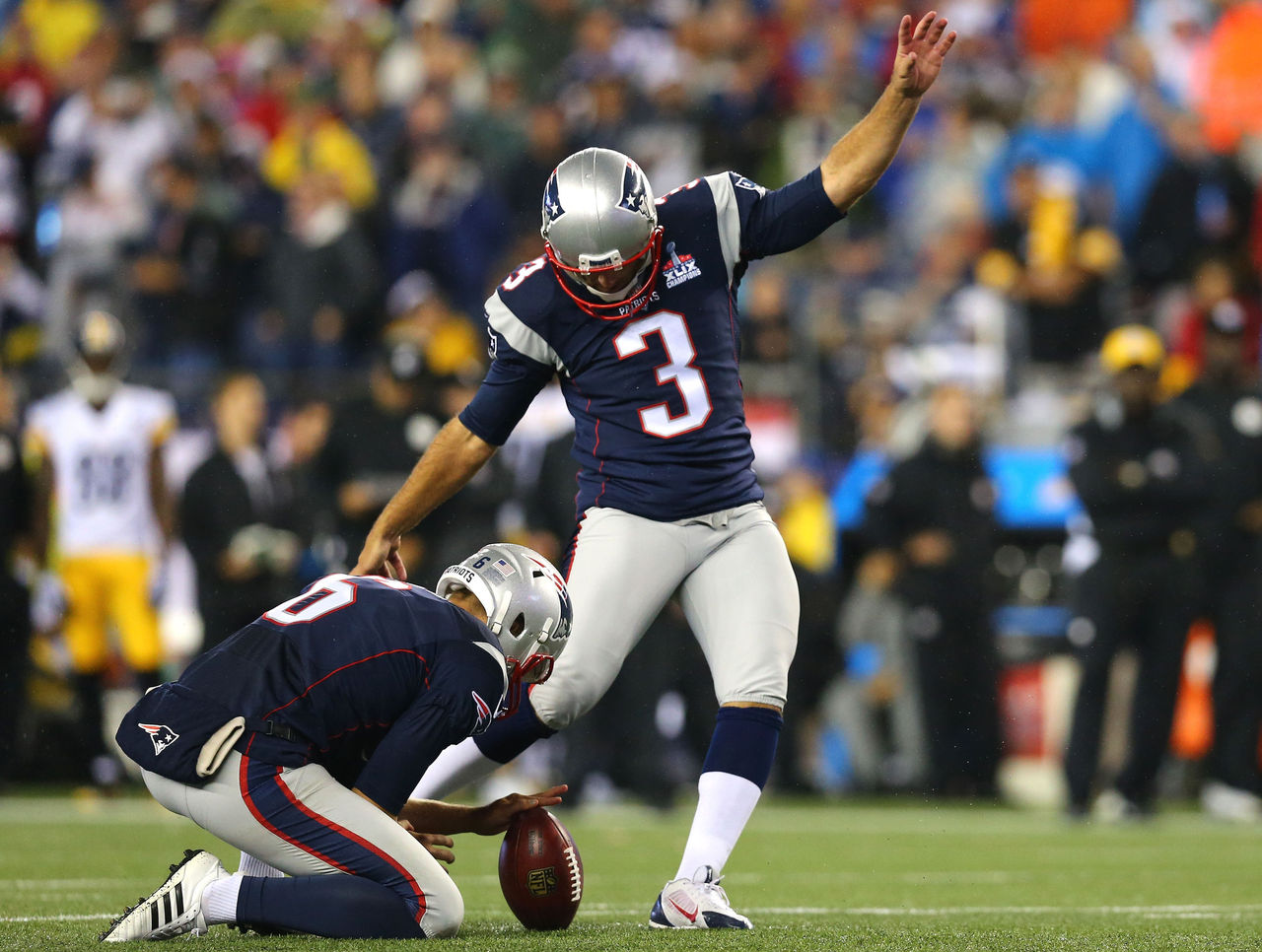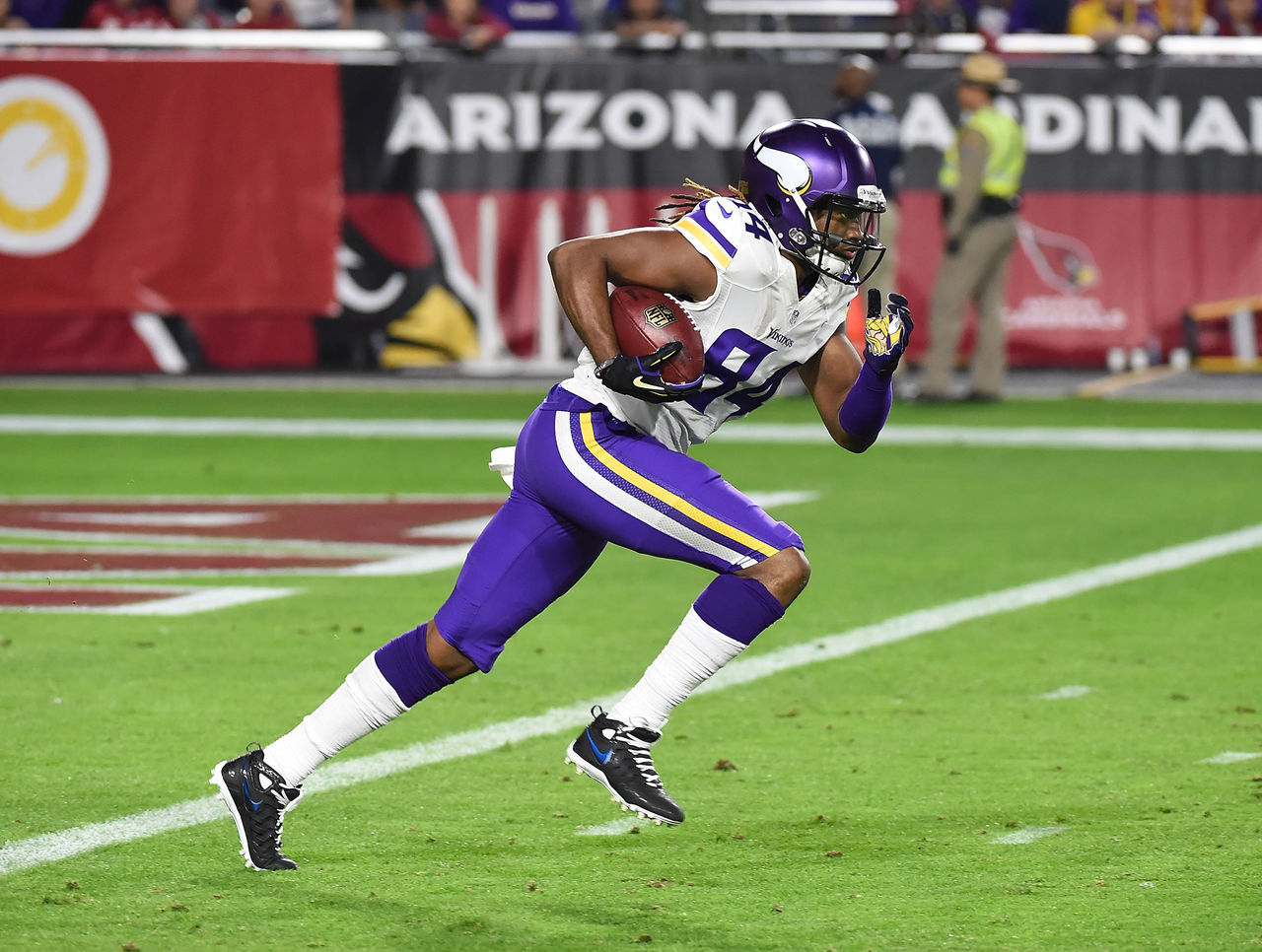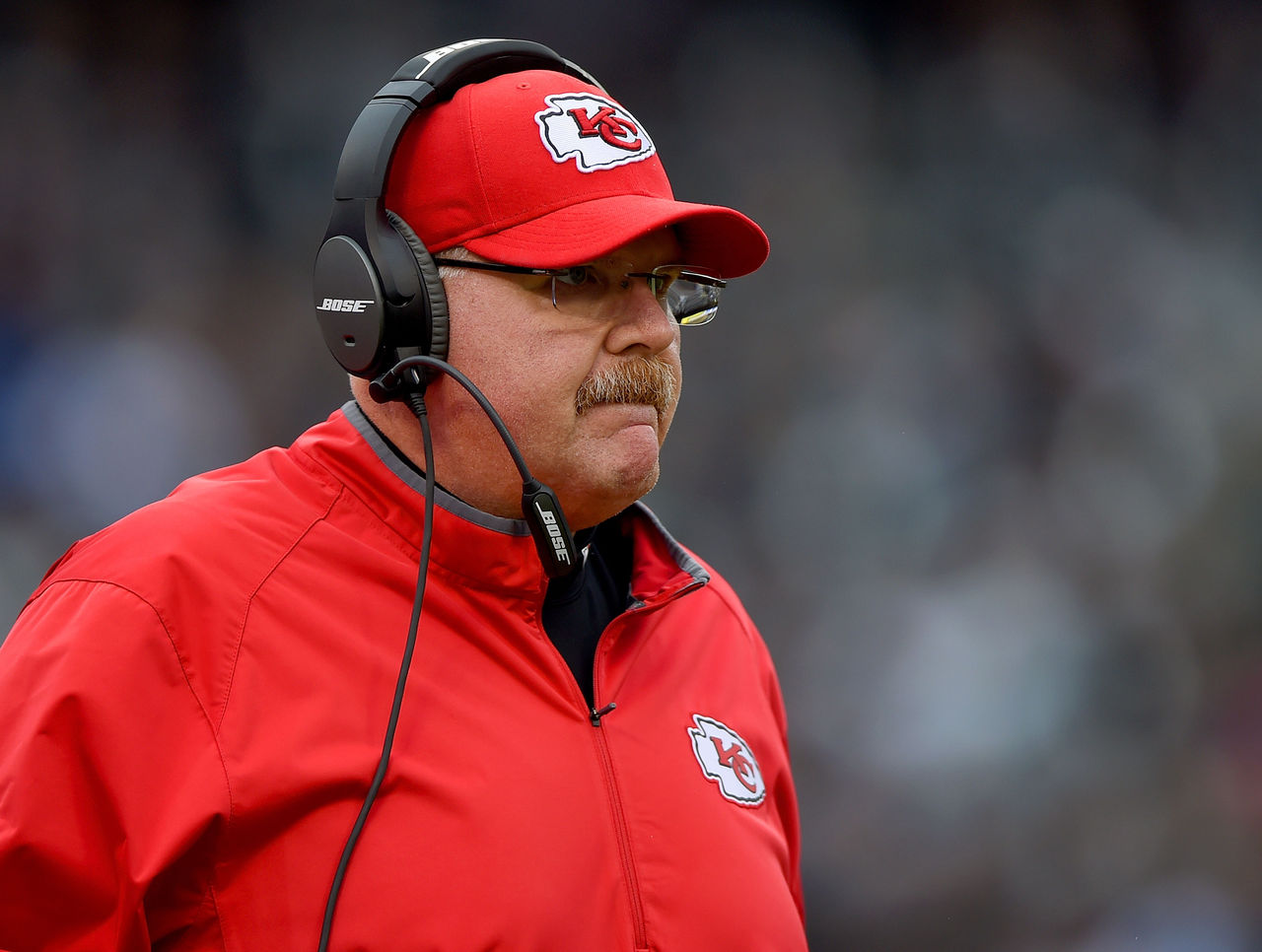Breaking down the 2016 rule changes and their fantasy implications
Each new NFL season is accompanied by a handful of new rules designed to better define penalties, increase player safety and improve the technical flow of the game.
While some of these changes will bear little impact on the world of fantasy sports, it's important to consider the indirect ways that these rules could interact with the game. Few could have envisioned how adding a 3-point line in the NBA would move scoring away from the net - and yet, here we are. If a seismic shift does occur in fantasy football, you'll want to be at the forefront.
This year, the NFL has adopted nine new rules - two of which began as one-year trials for the 2015 season. Without further ado:
1. The line of scrimmage for point-after attempts has been moved to the defensive team's 15-yard line, and the defensive team can now return any missed PAT for a touchdown.
This 2015 change is here to stay. The early calamity about kickers missing their point-after-touchdown attempts quickly died down when fans realized that seeing the best athletes try to score what amounts to a second TD was slightly more enthralling than watching a 38-year-old Australian man kick the ball through the uprights.
Here are some quick stats about the use of the 2-point conversion in 2015:
- 94 2-point conversions were attempted last season, up from 59 in 2014.
- 16 out of 27 teams were successful on at least half their attempts.
- Five teams - the Jets, Eagles, Patriots, Panthers and Cardinals - did not attempt a 2-point conversion
- The Pittsburgh Steelers led the league in attempts (11) and conversions made (eight) while posting a 72.7 percent success rate, the best of any team that attempted more than one 2-point conversion.
Remember: A team has to succeed on at least half its attempts for a 2-point conversion to be worth as much as attempting a PAT kick. Successfully completing two PAT kicks are worth the same amount of points as succeeding on one out of two 2-point conversions. Any success rate higher than 50 percent is found money.

With PATs moving back to the 15-yard line permanently, the one-yard 2-point conversion is looking like the surer bet for success than attempting a longer kick.
It would be a shock if the frequency of 2-point conversions attempts didn't increase in 2016 as teams begin to see merit in the play. That will lead to an increase in fantasy scoring for situational usage players like goal-line backs - bolstering the value of crushing inside-the-tackle rushers - but it will also lead to a decrease in value for a lot of kickers.
The best offenses typically score between 40 and 50 touchdowns; reallocating 10 PAT kicks for 2-point conversion attempts would decrease the volume of a kicker's fantasy production from PAT kicks by between 20 and 25 percent. If teams become truly aggressive with 2-point attempts, the loss of production for kickers could become even greater.
PAT kicks don't produce the bulk of a kicker's value. That distinction belongs to field goals, especially those longer than 50 yards. But a paradigm shift in how a team values its scoring opportunities could see an even further drop off in value for fantasy football's least popular position.
If kickers were being taken in the second-last round of your fantasy draft, it's time to consider selecting a D/ST ahead of them. The Stephen Gostkowskis of the world are a depreciating commodity; it's only a matter of time before the traditional PAT kick becomes the exception rather than the rule.

2. A player who is penalized twice in one game for certain types of unsportsmanlike conduct fouls will be automatically ejected.
The rule will come into effect for the 2016 season on a one-year trial basis. It overs three types of unsportsmanlike conduct, including physical violence of the non-football variety (punching, kicking, the Stone Cold Stunner, etc.), as well as abusive language directed at any player, coach or official, and taunting acts meant to bait the opponent into retaliation.
It's unclear why the league felt this rule change was necessary.
Per the NFL, these new rules would have resulted in just two ejections in the 2015 season, so the impact probably won't be as far-reaching as some feared when the proposal for automatic ejection was first broached.
But with any new rule, officials will make unsportsmanlike conduct a point of emphasis early on, looking to make an example and prove to players that such behavior is no longer tolerated.
Still, for daily fantasy players, you might want to keep these new rules in mind for Weeks 3 and 17 when the Giants face their division rivals in Washington. These longtime combatants added some extra fuel to the fire in the offseason.
3. Offensive and defensive play callers on the coaching staffs are now permitted to use coach-to-player communication regardless of whether they are on the field or in the coaches' booth.
The immediacy of booth-to-QB communication will be a big advantage for veteran QBs with a proven ability to audible into new plays that can directly target the defense's weaknesses. Players like Tom Brady now have an eye-in-the-sky, a team of coaches that can break down the defensive scheme by committee, prior to every snap.
On the other hand, the knowledge gap between veteran defenses and rookie quarterbacks has only grown. Be even more careful about playing young QBs against savvy defenses; if the green pivot is unable to adjust on the fly, the defense won't be forgiving. The extra information at the defense's disposal will keep them one step ahead of every play call.
4. All chop blocks are now illegal.
A chop block is when an offensive lineman initiates contact with the defender, then his teammate drops quickly to take them out at the knees. It was a common tool in the run game, as it could help open up the field while neutralizing the defenses' outside run containment.
The injury potential of the play was always obvious, so in the ever-publicized quest to improve player safety, the league will, uh, chop that technique. While there's no publicly available data on the application of chop blocks by specific teams, this new rule will likely foreshadow a drop in production by the league's top outside-the-tackle rushers.

5. The spot of the next snap after a touchback resulting from a kickoff has been moved from the 20-yard line to the 25-yard line.
This has been added on a one-season trial basis. Previously, touchbacks yielded a starting position on the returning team's 20-yard line. Better field position disincentives return attempts by the special teams. Why bother running the ball out of the endzone when anything less than a 25-yard return would register as a net loss?
The Vikings' Cordarrelle Patterson is the closest the league has to a truly disruptive force as a kick returner. With an average of 30.1 yards on 109 career kick returns, he's still performing above the threshold for success in the return game, though with the net-gain on his runs shrinking by five yards in the upcoming year, the margin for error just got narrower.
Patterson isn't career-peak Devin Hester, though, so you probably shouldn't be prioritizing the selection of your D/ST slot based on special teams performance. Expect more teams to forsake return attempts, opting to simply start their drive at the 25-yard line.
6. The horse collar rule has been expanded to include when a defender grabs the jersey at the name plate or above and pulls a runner to the ground.
Does your league reward points for horse collar tackles? You're weird.

7. It's now a foul for delay of game when a team attempts to call a timeout when it is not permitted to do so.
Poor game management never stopped anyone from drafting a Philadelphia Eagle from 1999 to 2012 or a Kansas City Chief from 2013 to 2015.
8. The five-yard penalty for an eligible receiver illegally touching a forward pass after being out of bounds and re-establishing himself inbounds has been eliminated. Now, the result is just a loss of down.
Overall, this rule change probably decreases the maximum amount of potential yardage but increases the possibility of extending a drive and scoring a TD. In truth, this play happens rarely enough that its fantasy impact is negligible.
9. Multiple spots of enforcement for a double foul after a change of possession have been eliminated.
Cool.
HEADLINES
- Lawrence accounts for 6 TDs to help Jaguars blow out Jets, reach 10 wins
- Garrett closes in on sack record in Browns' loss to Bears
- Mahomes injures knee, Chiefs ousted from playoff race
- Burrow: 'A lot of confidence' in Bengals despite missing playoffs
- Hurts rebounds with 3 TDs as Eagles snap losing streak in rout of Raiders